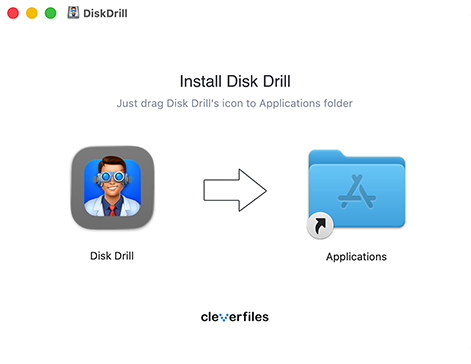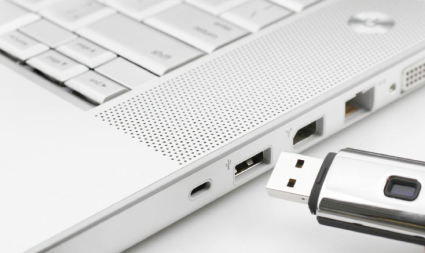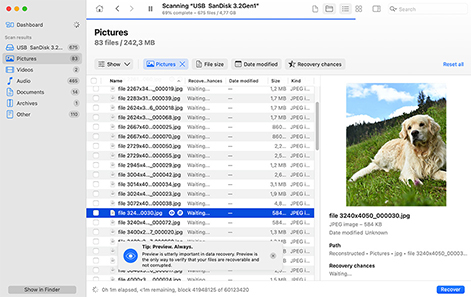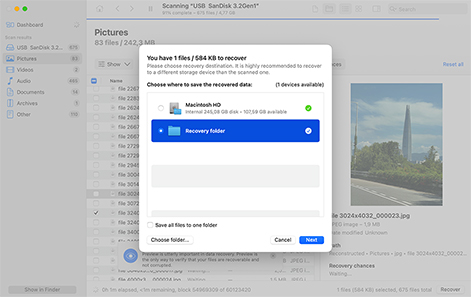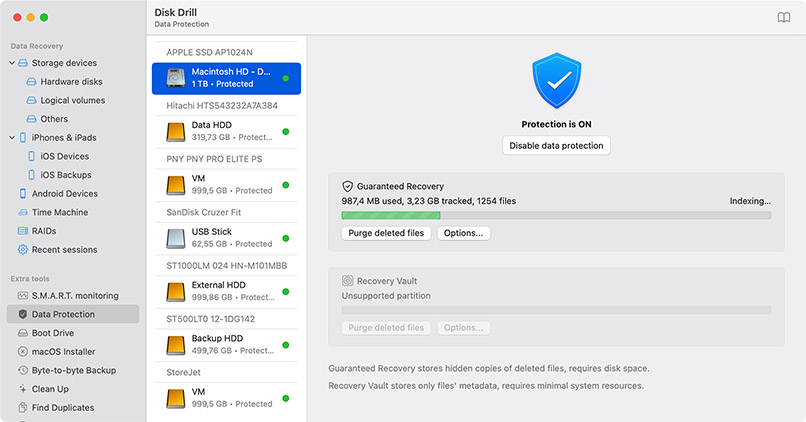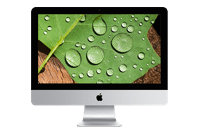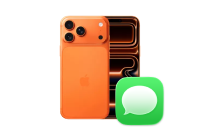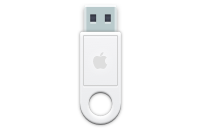TOTAL DOWNLOADS
First, connect your USB drive to your Mac and check the Trash folder by clicking its Dock icon. If your files are in the Trash, simply right-click them and select "Put Back" to restore them.
If the Trash is empty and you don’t have any backups, you'll need to use USB data recovery software for Mac like Disk Drill.
To do that, install Disk Drill on your system drive, select your USB drive, click "Search for lost data," preview the recoverable files, and restore them to a safe location (not the USB drive as you could overwrite them).
